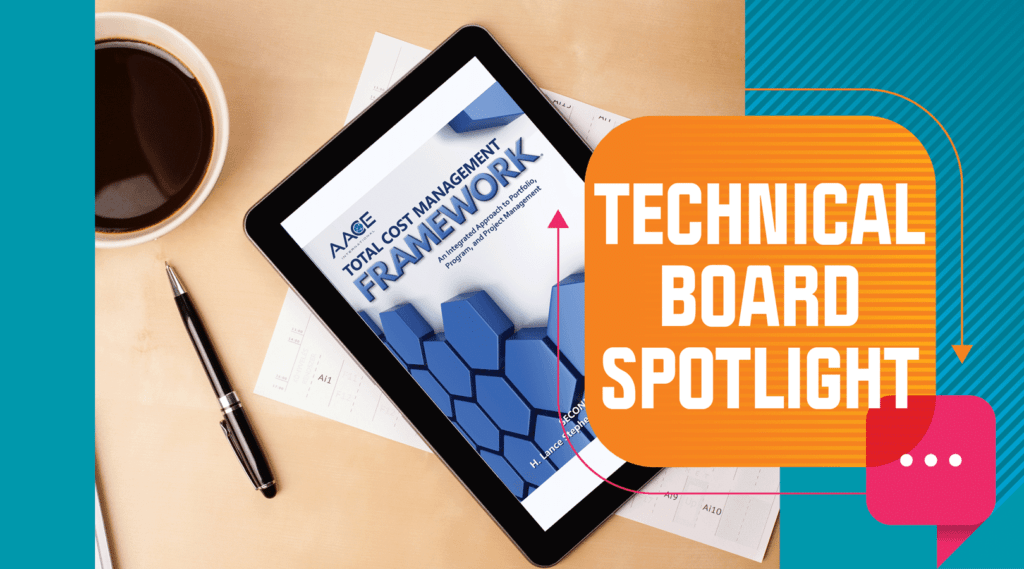Programming Model for Capital and Maintenance Project Portfolio Planning
by Jeffery Borowicz CCP PSP CEP FAACE
The portfolio planning process is a strategic process for any organization or enterprise, in any industry that strives to construct major or minor projects, and capital and maintenance projects. A portfolio of projects can consist of any grouping of individual projects or programs. These projects or programs can also consist of multiple project types within multiple business units or business sectors within a company.
This programing model can be practiced in many industries, such as, manufacturing, utility, software development, real estate development, healthcare delivery, hydrocarbon processing, and government.
The planning process usually consists of a multiple year planning cycle, depending on the size of the organization and the funding available. Many corporations track the capital and O&M expenditures required to maintain their operation or production and plan for future expansion.
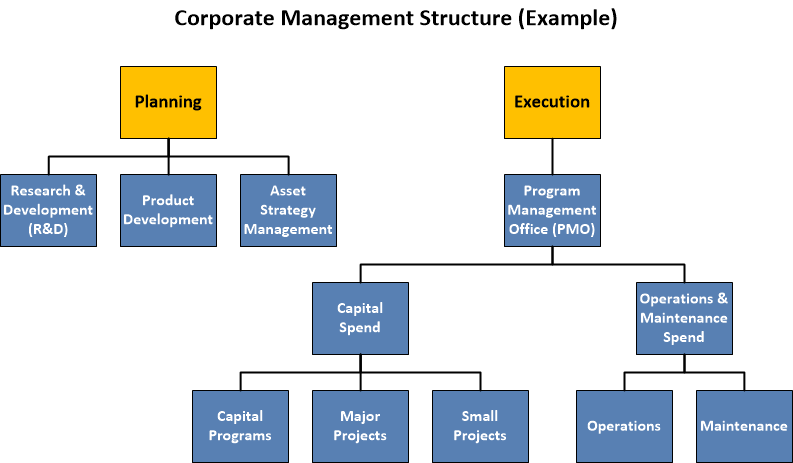
Figure 1–Organizational Chart
Many organizations plan the capital and maintenance work in a fiscal year or cycle, at least in the year previous to when the spending will occur. The organization develops a strategy for the long-term production plan for the goods and services they will offer in their respective competitive markets. The planning process can include the company’s long-term outlook of new technologies required for maintaining or developing business, or of maintaining or developing business with existing technologies.
The different business units within the company compete for capital resources by producing business plans and economic studies to show that their project(s) warrant being approved in the upcoming business planning cycle. All projects under consideration need to be placed into an annual model that shows capital expenditure outlay (Figure 2-Time Phased Monetary Plan) in order of most viable, in the earlier years, to less viable in later years for prioritization. All organizations plan fiscal spending cycles that correspond to company business financial spending years.
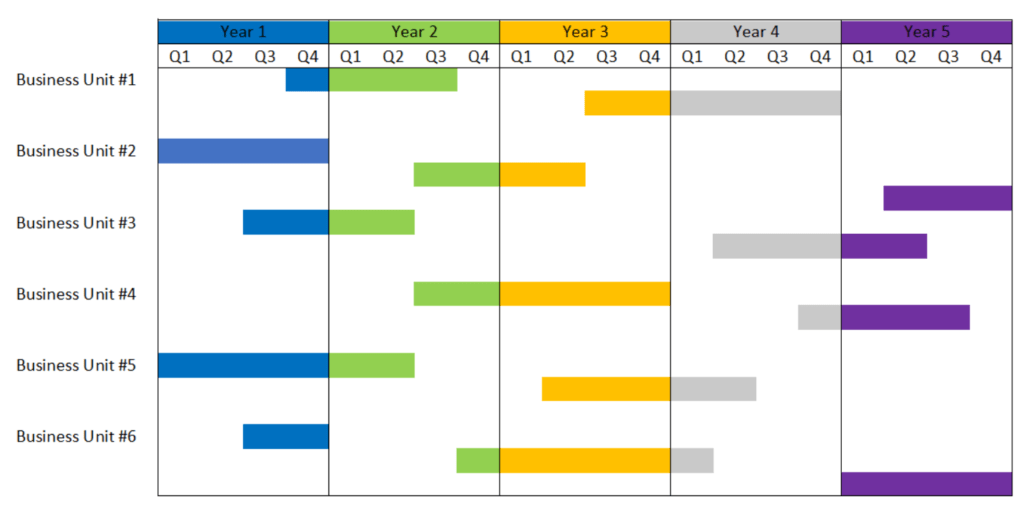
Figure 2–Portfolio Cash Flow (Time Phased Monetary Plan)
As illustrated in Figure 2, all projects in consideration need to be placed into an annual spending plan over time. Once the annual plan is developed, the total capital spending by fiscal spend year, represents the sum of all the individual spending in all years. Once the annual spending is totaled, the corporate governance needs to approve the actual annual spending budget. If the spending plan shows the annual expenditure totals exceed the capital and O&M budgets approved for those years, the plan forecast needs to be adjusted annually to reflect the approved spending targets.
This is the simplistic explanation for how capital spending is forecasted by typical corporations.
During the execution of the asset management strategy or portfolio plan there is a group assigned to facilitate the execution of the portfolio projects within the plan. Management of the projects typically use a group of company officers and management of skilled technical resources or a program management office (PMO), to facilitate monthly updates of the project status. Tactically, the services provided by the PMO may consist of planning, engineering, project management, finance and accounting, project controls, cost estimating, project scheduling, risk management, benchmarking and quality control and assurance. Depending on the size of the company, and the services required, other services discipline tasks may be required.
Many PMO’s use a stage gate process format to develop and track the progress of the portfolio projects. A stage gate process could utilize the following stages: asset identification, pre-planning, scenario selection, business case development, planning and preliminary engineering, final engineering, execution or construction phase, start-up, testing and commissioning, and final asset in place.
Energy and Utility Sector Process

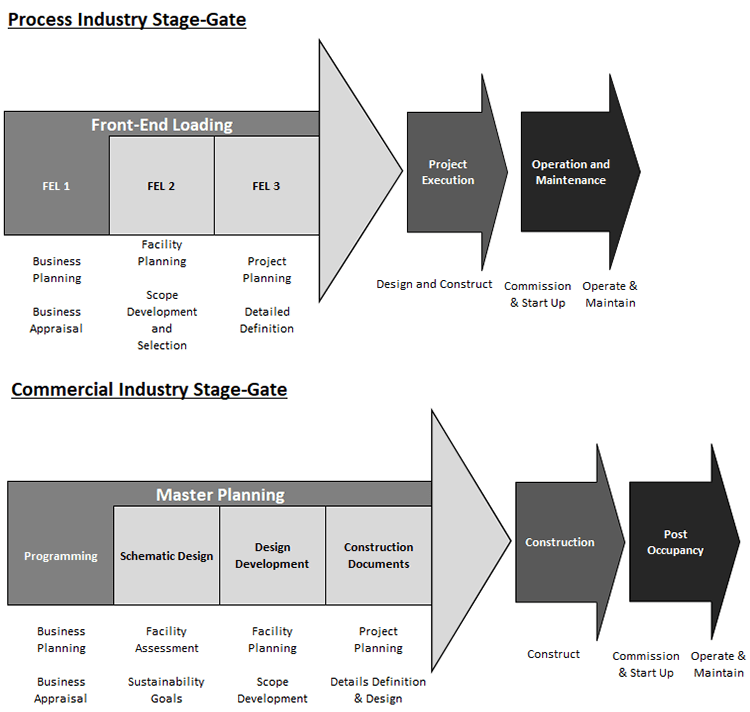
Figure 3B–Gate Review Process (courtesy of TCM-3503 and Lance Stephenson, CCP FAACE)
Projects may be managed differently depending on size or approval limits by management. Project categories may be described as: enterprise projects, major projects, portfolio projects, strategic projects, corporate projects, or any project type specified by the business.
For the life cycle of an asset, the stage gate process may be implemented through the following phases: ideation, creation or new construction, operations, maintenance of asset and final useful life of asset in demolition or termination phase.
From an owner’s perspective, the capital project portfolio planning process starts with a dedicated team that consists of the following recommended areas of expertise: asset planning and engineering, project management, project controls, cost estimating, construction management, health and safety, project scheduling, risk management, value management, document control, supply chain, procurement or legal, finance and accounting, human resources, as well as, quality assurance and quality control.
Many organizations may not be able to support, or fund all these PMO processes, but if staffed appropriately, traditionally, the resources (opportunity costs) pay for themselves over the lifecycle of the portfolio planning process. If the organization has a year over year portfolio of projects to administer, a consistent team will make all the difference getting better annually and continuously improving the processes and improving the assets return on investment (ROI).
Implementing continuous improvement measures during the lifecycle of a project also improves the ROI over its years of service, such as: (1) documenting the PMO work processes, (2) managing the operations of the work processes, (3) conducting problem solving sessions to improve processes and procedures, as well as, (4) display visual metrics and capture countermeasures for improvement. This also reinforces the continuous improvement process: plan, do, check, act, or PDCA process. These methodologies can continually achieve various milestones or deliverables at each phase of the project delivery life cycle.
Capital and Maintenance Project Gate Review Planning Cycle
Note: The following gate review planning cycle documentation deliverables list is a representation of a SAMPLE and does not depict any business but could be similar.
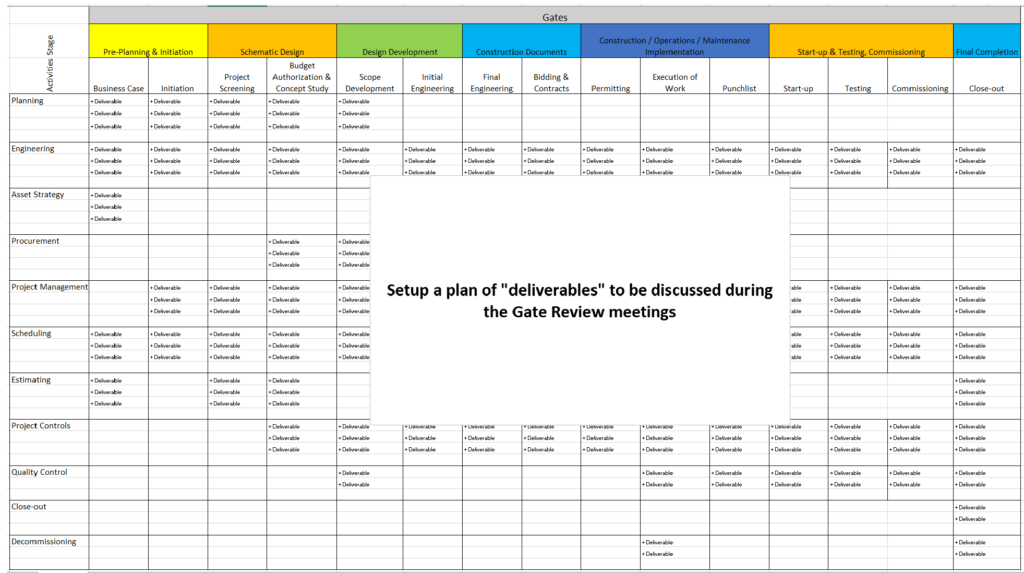
Figure 4A–Gate Review Cycles and Business Activities (Energy and Utility Sector – sample)
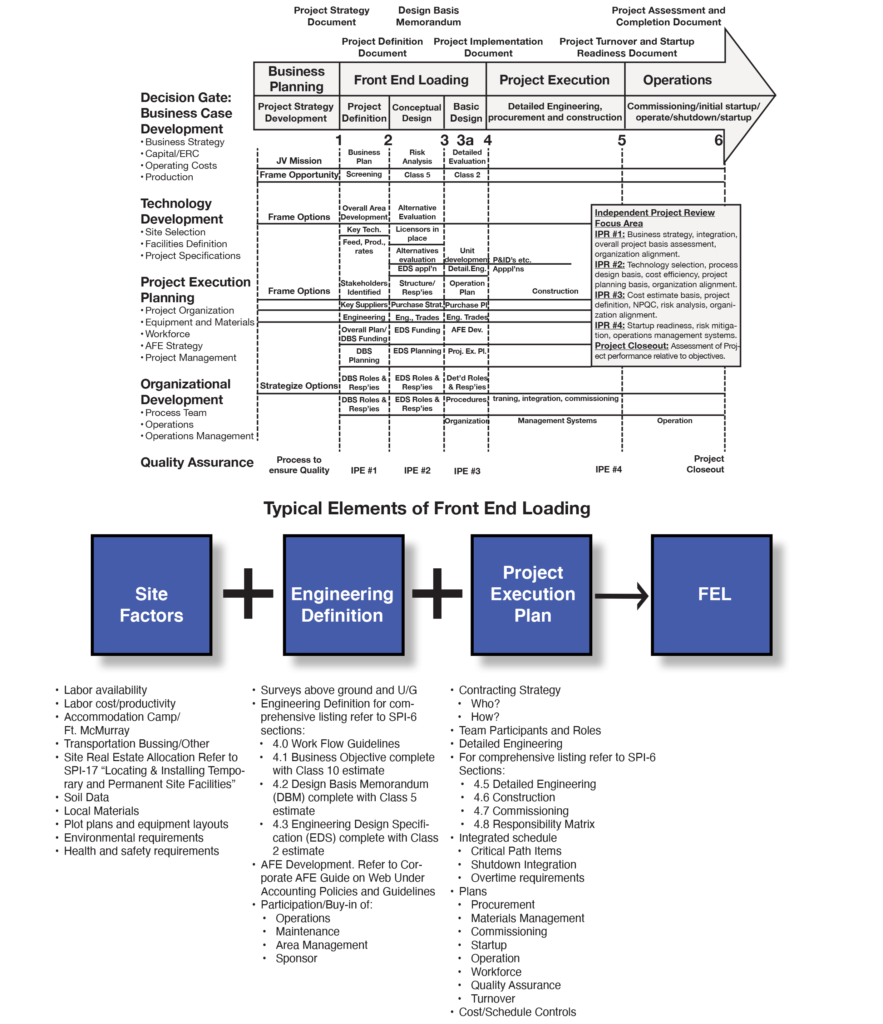
Figure 4B–Gate Review Cycles and Business Activities (Oil and Gas Sector – sample)
As the gates are established, deliverables should be produced through each gate activity and used to properly document the project requirements. The deliverables should be completed prior to moving onto the next gate. The project schedule typically has milestone check-in dates prior to moving from one gate to another. The PMO manages these meetings and has a rigorous agenda that covers all elements of each gates required documentation needed for discussion with all stakeholders.
Documentation, for each gate, is best practice, that identifies all areas of work within the program office procedure and protocols for document delivery prior to the meetings should be in place.
Each gate could have a definition and purpose statement for the documents to be reviewed and standards for passing the gate review should be established.
Gates could have work associated with safety, communications, team members, scope, schedule, cost, procurement, engineering, construction, compliance, quality, risk and close-out activities.
In conclusion, a documented capital and operations and maintenance project planning process will add structure and consistency to assist stakeholders in understanding their project progress. The process for the programming model will ensure that all conversations, action items, concerns and changes to the plan are discussed in a disciplined systematic way so project stakeholders are kept informed and can then either recommend going forward with the plan or execute changes, as necessary, to complete projects in a timely, consistent manner, or not.
Rate this post
Click on a star to rate it!
Average rating 4.5 / 5. Vote count: 2
No votes so far! Be the first to rate this post.

